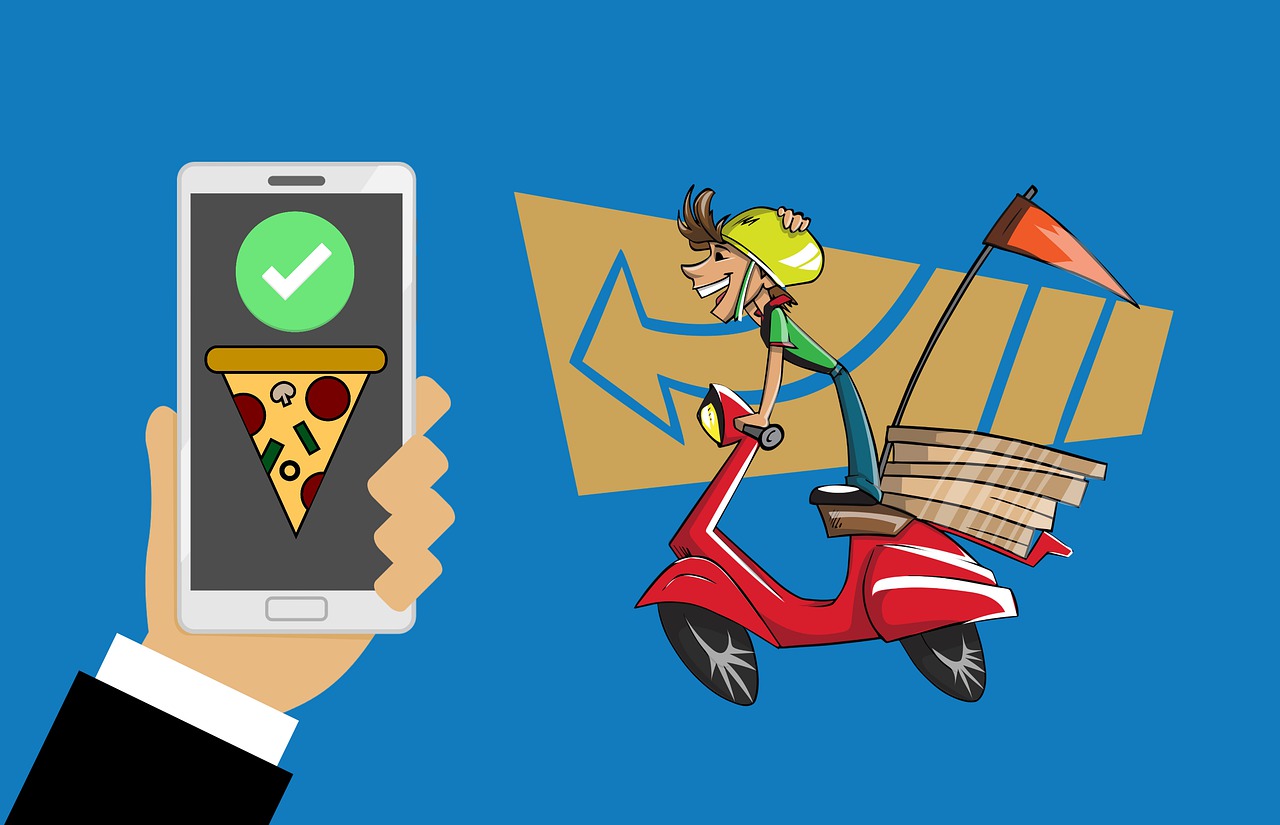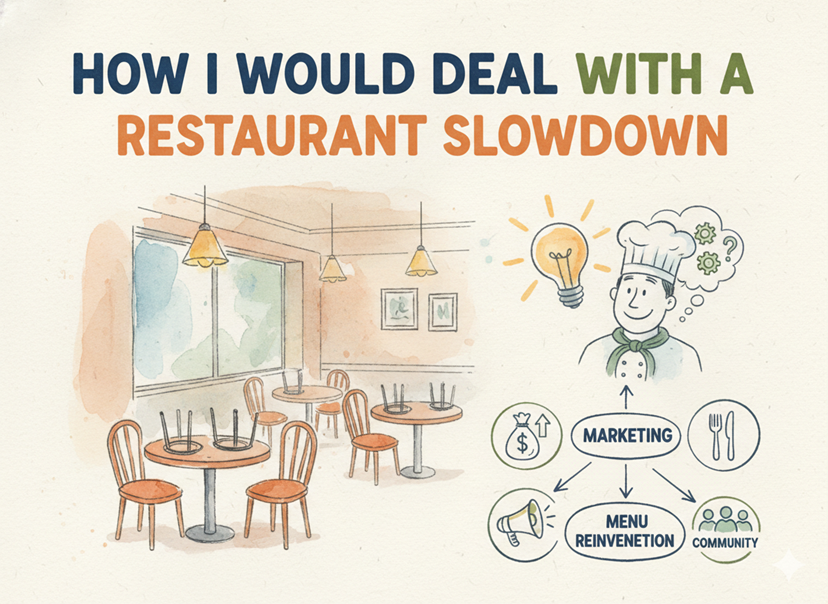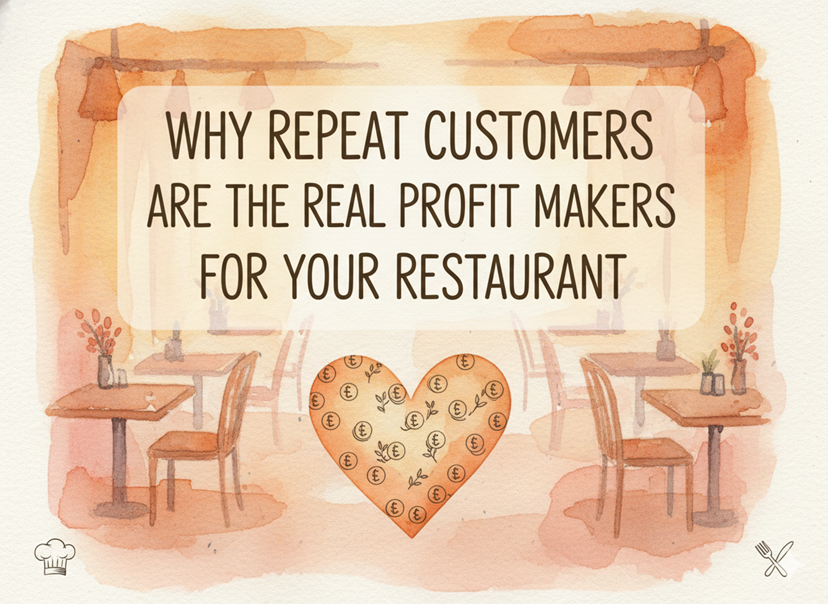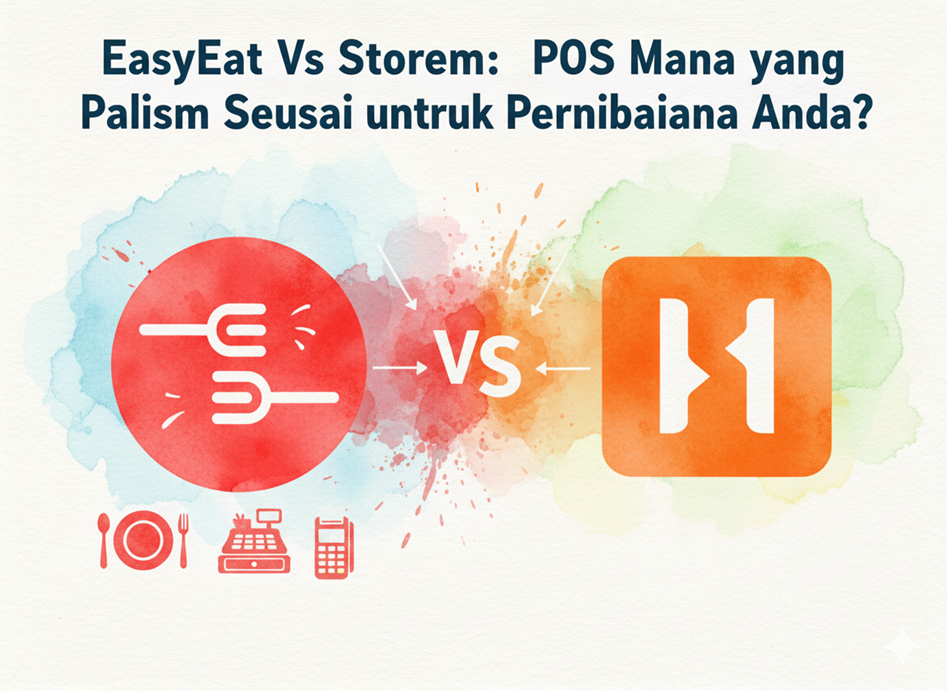In today’s digital age, the rise of food delivery apps has revolutionized the way we satisfy our culinary cravings. From the convenience of our smartphones, we can access a plethora of dining options, making mealtime a breeze for busy professionals, families, and anyone seeking a quick bite. However, behind this convenience lies a complex web of challenges that restaurants face. Join us as we delve into the impact of food delivery apps on the restaurant industry, exploring the financial strain, dependence dilemma, quality compromise, and potential solutions to navigate these challenges effectively.
The Surge of Food Delivery Apps
The rise of food delivery apps like Uber Eats, DoorDash, Grubhub, and Postmates has revolutionized the way people order food. In 2023 alone, the food delivery market in the United States was valued at approximately $26.5 billion, with projections suggesting continued growth. These apps provide a lifeline for busy professionals, families, and anyone seeking a quick meal without the hassle of cooking or dining out.
Convenience at a Cost: The Financial Strain on Restaurants
While food delivery apps offer unparalleled convenience for consumers, the financial strain on restaurants is a growing concern. Many of these platforms charge restaurants a commission fee ranging from 15% to 30% per order. If you have a small and independent restaurant, these fees can significantly erode your profit margins. A 2022 study found that 70% of restaurant owners reported a decline in profitability after partnering with food delivery service providers.
Take, for example, a local pizzeria that sells a pizza for $20. With a 25% commission fee, the restaurant loses $5 per pizza sold through the app. Considering the costs of ingredients, labor, and overhead, the remaining profit is often negligible. For many establishments, this model is unsustainable in the long term.
The Dependence Dilemma
The popularity of food delivery apps has created a dependency that can be detrimental to restaurants. As more consumers opt to order food online, foot traffic to brick-and-mortar locations decreases. This shift has led to a decline in in-house dining, which traditionally generates higher profit margins due to the additional sales of beverages and desserts.
Moreover, You have to invest in packaging, delivery staff, and technology to keep up with online orders, further straining your resources. A report by the National Restaurant Association highlighted that 40% of restaurants had to increase their operational expenses to accommodate the surge in food delivery orders. This dependence on delivery services can make you vulnerable to market fluctuations and changes in commission rates.
The Quality Compromise
Another issue is the potential compromise in food quality and customer experience. Restaurants pride themselves on serving dishes at their peak freshness and presentation, which can be challenging to maintain during transit. Food delivery apps prioritize fast delivery, often at the expense of the quality that customers expect when dining in.
A survey conducted in 2023 revealed that 30% of consumers were dissatisfied with the quality of their delivered meals, citing issues like cold food, soggy textures, and missing items. These negative experiences can harm a restaurant’s reputation, leading to a decline in customer loyalty and repeat business.
Navigating the Challenges: Potential Solutions
Despite these challenges, there are strategies that you can adopt to mitigate the adverse effects of food delivery apps.
Negotiating Better Terms
You can negotiate lower commission rates or explore partnerships with multiple delivery platforms to reduce dependency on a single service. Some platforms like EasyEat lower fees for higher volume orders, so you can switch to those.
Direct Online Ordering
You can develop your online ordering system to bypass third-party apps altogether. By promoting direct ordering through your websites or mobile apps, you can retain a larger portion of your revenue and maintain control over the customer experience.
Focusing on Branding and Quality
Emphasizing the uniqueness of your offerings and ensuring high-quality delivery can help you stand out. Implementing quality control measures, investing in better packaging, and training delivery staff can improve the customer experience and foster loyalty.
Community Engagement
Building a strong community presence and engaging with local customers can drive foot traffic and direct orders. Hosting events, offering promotions, and leveraging social media can strengthen the connection between you and your patrons.
In conclusion, the surge of food delivery apps has undeniably reshaped the restaurant landscape, offering unprecedented convenience to consumers while posing significant challenges to restaurant owners. The financial strain of commission fees, the dependency dilemma, and the compromise in food quality are pressing issues that demand attention. However, amidst these challenges lie opportunities for innovation and adaptation. By implementing strategies such as negotiating better terms, focusing on branding and quality, and fostering community engagement, you can navigate the complexities of food delivery and emerge resilient in an ever-evolving industry.




